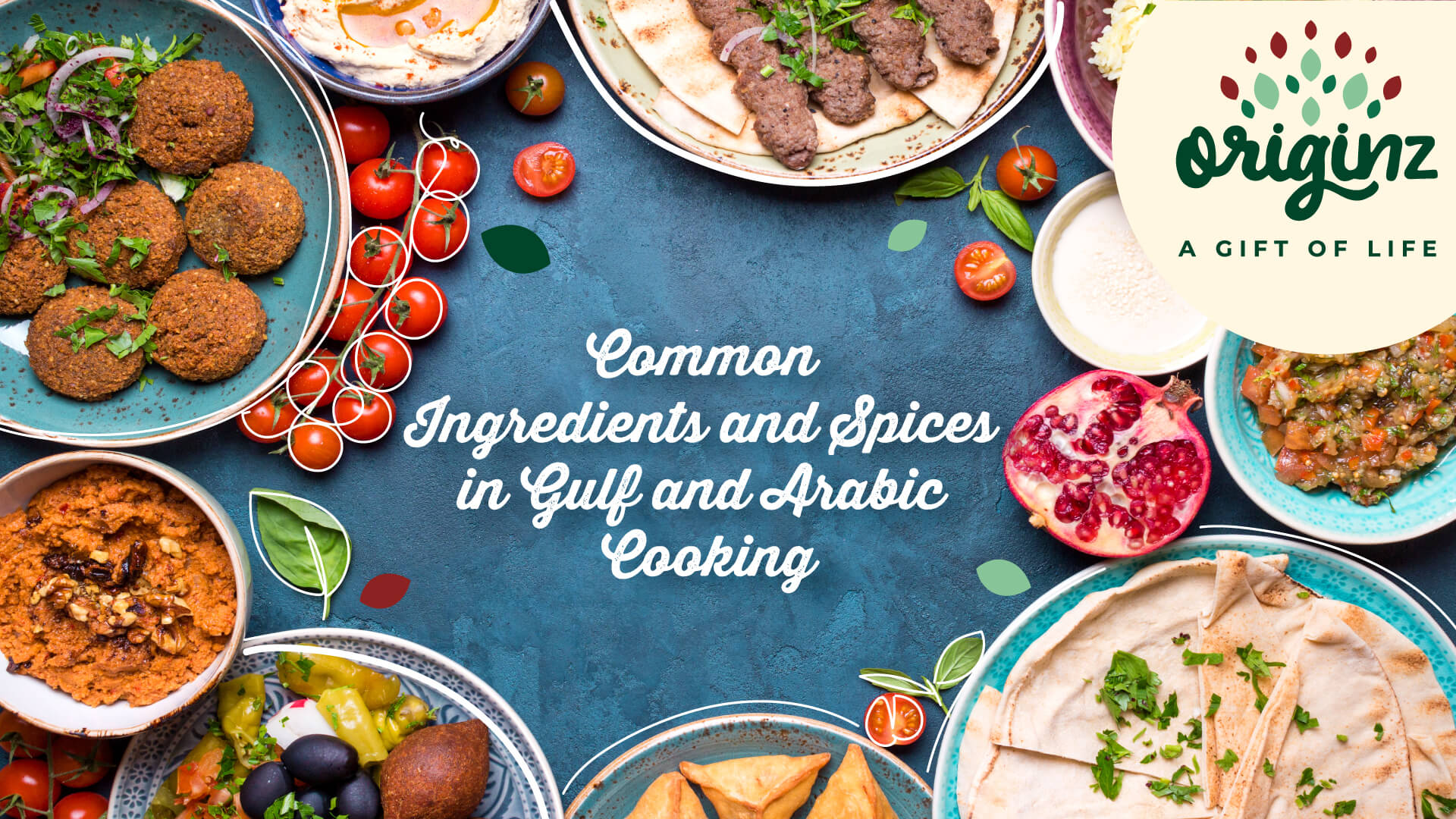
Common Ingredients and Spices in Gulf and Arabic Cooking
The rich and diverse cuisine of the Gulf and the broader Arab world is celebrated for its vibrant flavours, aromatic spices, and wholesome ingredients. Rooted in centuries-old traditions, Arabic cooking brings together a blend of flavours that are as diverse as the region's culture. From the fragrant Arabic spices to the essential Middle Eastern herbs and spices, this cuisine offers a delightful culinary experience. In this blog, we will explore some of the most common Arabic food ingredients and highlight the unique qualities of an Arabic spices list. For those interested in healthy food products, understanding these ingredients can also help in making more organic and nutritious choices.
The Foundation of Arabic Cuisine
Arabic cuisine is built on a foundation of fresh, organic ingredients that are often locally sourced. Staples such as grains, legumes, vegetables, and fruits are central to many dishes. Olive oil, often referred to as 'liquid gold' in the region, is a cornerstone of many recipes, offering both health benefits and a rich, fruity flavour. Another fundamental ingredient is yoghurt, which is used in a variety of dishes ranging from refreshing salads to hearty stews.
Arabic Food Ingredients: Key Elements
Grains and Legumes: Grains like rice, bulgur, and couscous, along with legumes such as lentils, chickpeas, and fava beans, are integral to Arabic cooking. These ingredients provide the base for many dishes, from the famous Mansaf of Jordan to the beloved Mujaddara.
Vegetables: Fresh vegetables like tomatoes, cucumbers, aubergines, courgettes, and peppers are frequently used. Vegetables are often grilled, roasted, or stewed and served alongside main dishes. Salads such as Fattoush and Tabbouleh are made using fresh, organic vegetables, and they add a refreshing element to meals.
Meat and Seafood: Lamb, chicken, and beef are commonly used meats in Arabic cuisine. In the Gulf region, where proximity to the sea offers access to fresh fish and seafood, dishes like Samak Mashwi (grilled fish) are very popular. These proteins are often marinated in Arabic spices to enhance their flavour.
Dairy: Dairy products, particularly yoghurt and cheese, play a vital role in the culinary traditions of the Gulf and Arab world. Labneh (strained yoghurt) is a common breakfast item, while cheeses like Halloumi and Akkawi are used in various dishes.
Nuts and Dried Fruits: Nuts such as almonds, pine nuts, and pistachios, along with dried fruits like dates, figs, and apricots, are commonly used in both savoury and sweet dishes. They add texture and a natural sweetness to many recipes, embodying the unique blend of flavours found in Arabic cooking.
The Heart of Arabic Cuisine: Middle Eastern Herbs and Spices
A crucial aspect of Arabic cooking lies in its spices and herbs, which provide the distinctive tastes and aromas that define the cuisine. The Arabic spices list is extensive and includes a variety of flavours, from the warming notes of cinnamon and cardamom to the earthiness of cumin and coriander. These spices are often combined in different ways to create complex and nuanced flavours.
Cumin: A staple in Arabic food ingredients, cumin offers a warm, earthy flavour. It's often used in spice blends like Baharat and is a key component in dishes such as hummus and falafel.
Coriander: Both the seeds and fresh leaves of coriander are used widely. The seeds impart a citrusy, slightly sweet flavour, while the leaves are used fresh to garnish salads and stews.
Cardamom: Known for its unique flavour profile, cardamom is used in both sweet and savoury dishes. It adds a floral, slightly citrusy note to dishes like rice pilaf and desserts like Umm Ali.
Cinnamon: Often associated with sweets, cinnamon is also a prominent ingredient in savoury dishes. It adds depth to meat dishes and is a key spice in spice blends like Garam Masala.
Sumac: A tangy, lemony spice, sumac is often sprinkled over salads and grilled meats. It provides a bright acidity that enhances the flavour of many dishes.
Za'atar: A blend of dried thyme, sesame seeds, sumac, and sometimes oregano, Za'atar is a quintessential Middle Eastern herb and spice mix. It's often used as a seasoning for breads, meats, and vegetables.
Turmeric: This bright yellow spice not only adds colour but also a subtle earthy flavour to many dishes. It's frequently used in rice dishes and stews across the Gulf region.
Organic and Natural: The Modern Touch
In recent years, there has been a growing trend towards using organic ingredients in Arabic cooking. The demand for organic produce, meats, and spices has increased as more people become aware of the health benefits of eating natural, pesticide-free foods. Organic spices, in particular, have gained popularity for their enhanced flavour profiles and health benefits. Incorporating these organic, fresh ingredients into traditional recipes can create delicious meals that are both healthy and full of flavour.
For those looking to explore Arabic cuisine with a modern twist, delicious recipes using organic ingredients are a great place to start. These recipes not only maintain the rich flavours of traditional dishes but also offer a healthier approach to cooking.
Conclusion
The rich tapestry of flavours in Arabic cuisine is woven with a variety of ingredients, herbs, and spices that define its unique character. From the fundamental Arabic food ingredients like grains and legumes to the diverse array of Arabic spices and Middle Eastern herbs and spices, the cuisine offers something for everyone. Whether you are looking to explore new flavours or seeking to create healthy, organic meals at home, Arabic cooking provides a wealth of options. By using organic ingredients and understanding the Arabic spices list, you can enjoy meals that are both delicious and nourishing.
FAQs
What are some of the most common Arabic spices?
Common Arabic spices include cumin, coriander, cardamom, cinnamon, turmeric, and sumac. These spices are frequently used to create the rich, aromatic flavours typical of Arabic cuisine.
How can I incorporate Middle Eastern herbs and spices into my cooking?
Middle Eastern herbs and spices like za'atar, sumac, and fresh coriander can easily be added to salads, marinades, and grilled meats. These ingredients provide a unique flavour profile and can transform simple dishes into something extraordinary.
Where can I find organic Arabic spices and ingredients?
You can find organic Arabic spices and ingredients at specialised grocery stores, online markets, and retailers that focus on healthy food products. Originz offers a range of organic and natural options for those looking to enhance their cooking with high-quality, nutritious ingredients.
Further Read,
Latest Blogs
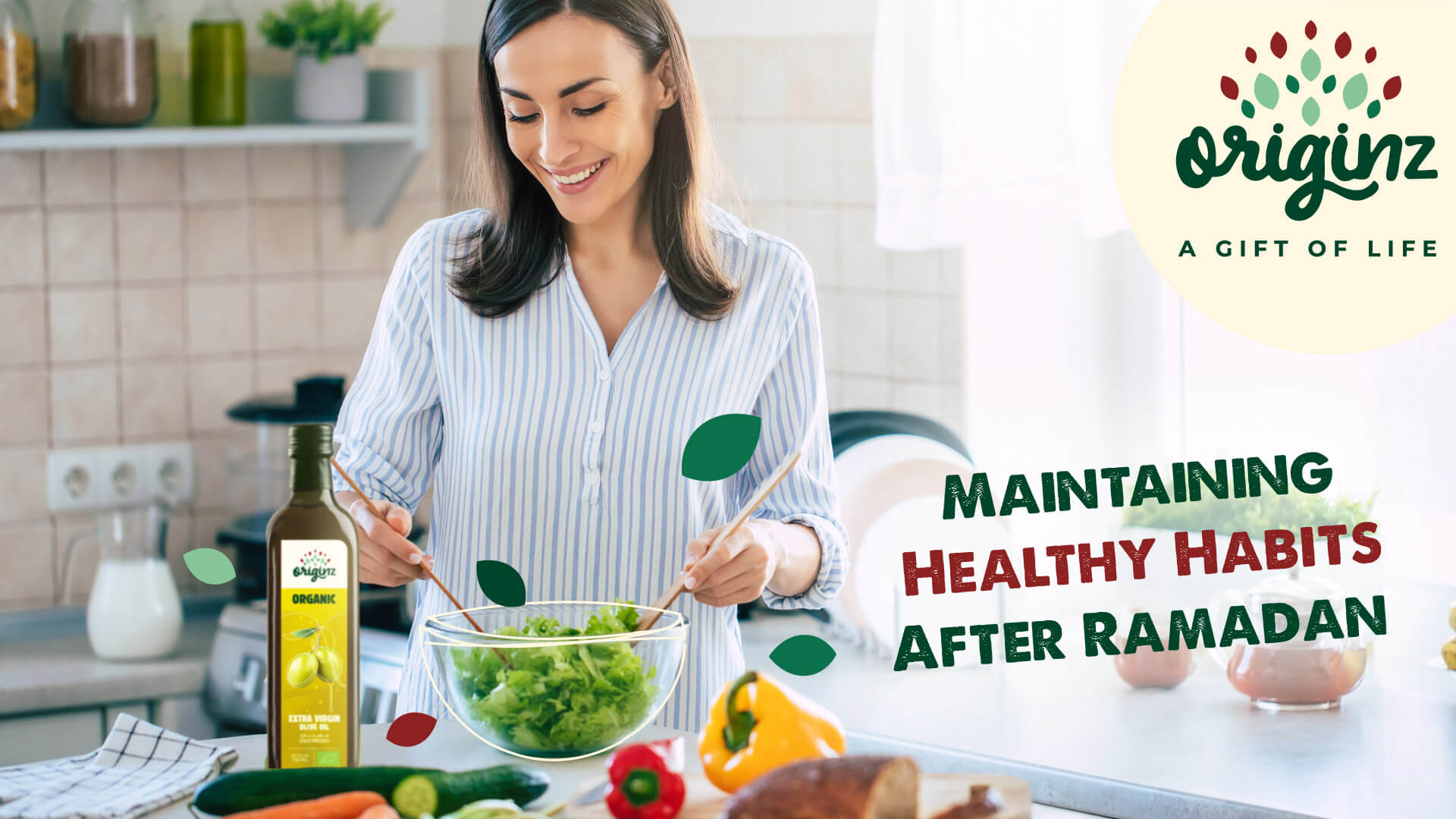
Maintaining Healthy Habits After Ramadan
Have Ramadan healthy meals after Ramadan and maintain healthy food habits and implement them in your daily lives. Read more about healthy food habits.
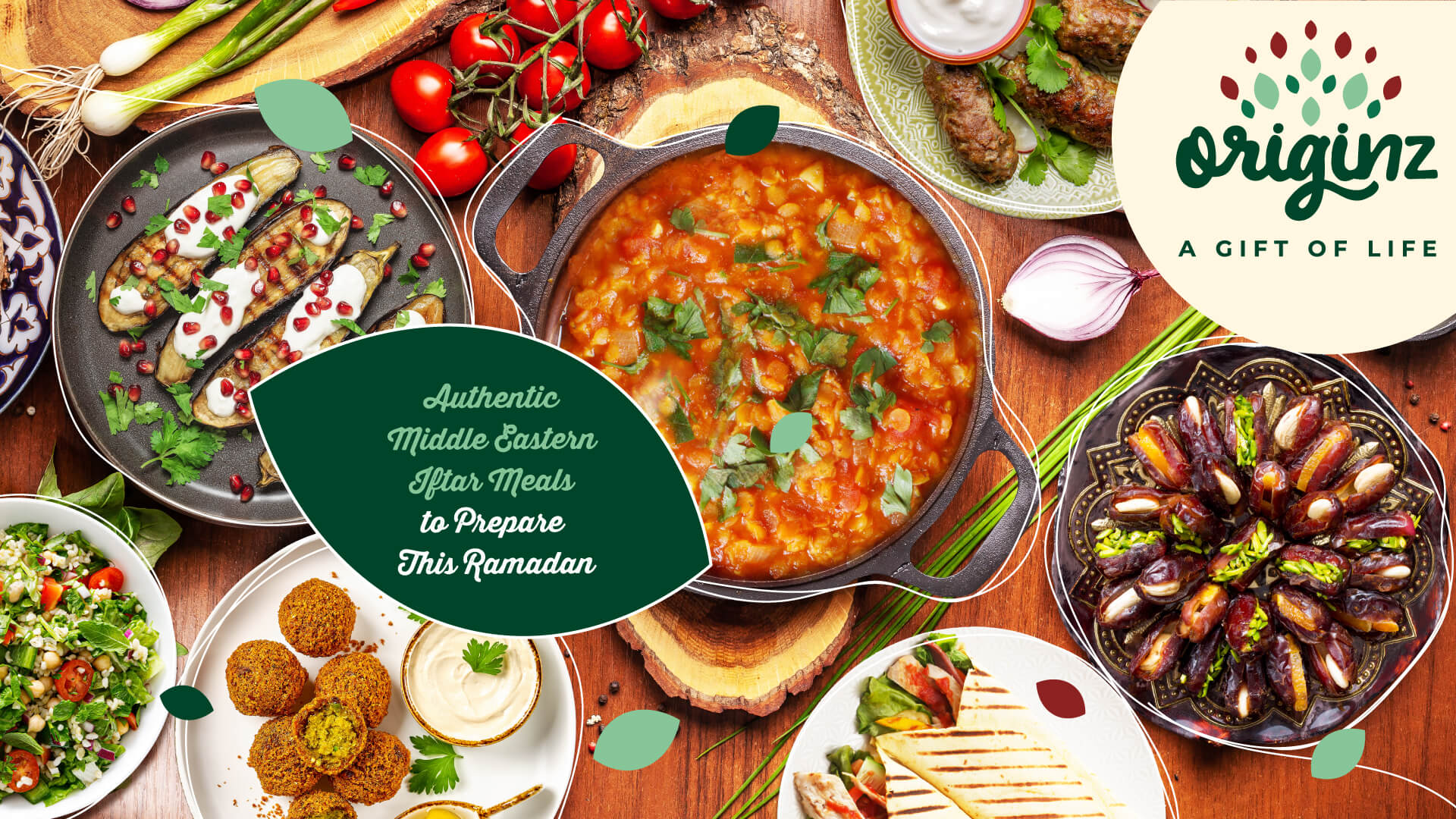
Authentic Middle Eastern Iftar Meals to Prepare This Ramadan
Prepare some authentic middle eastern iftar meals this Ramadan. Look for fresh Ramadan food ideas and make your day memorable with these dishes. Check them out.
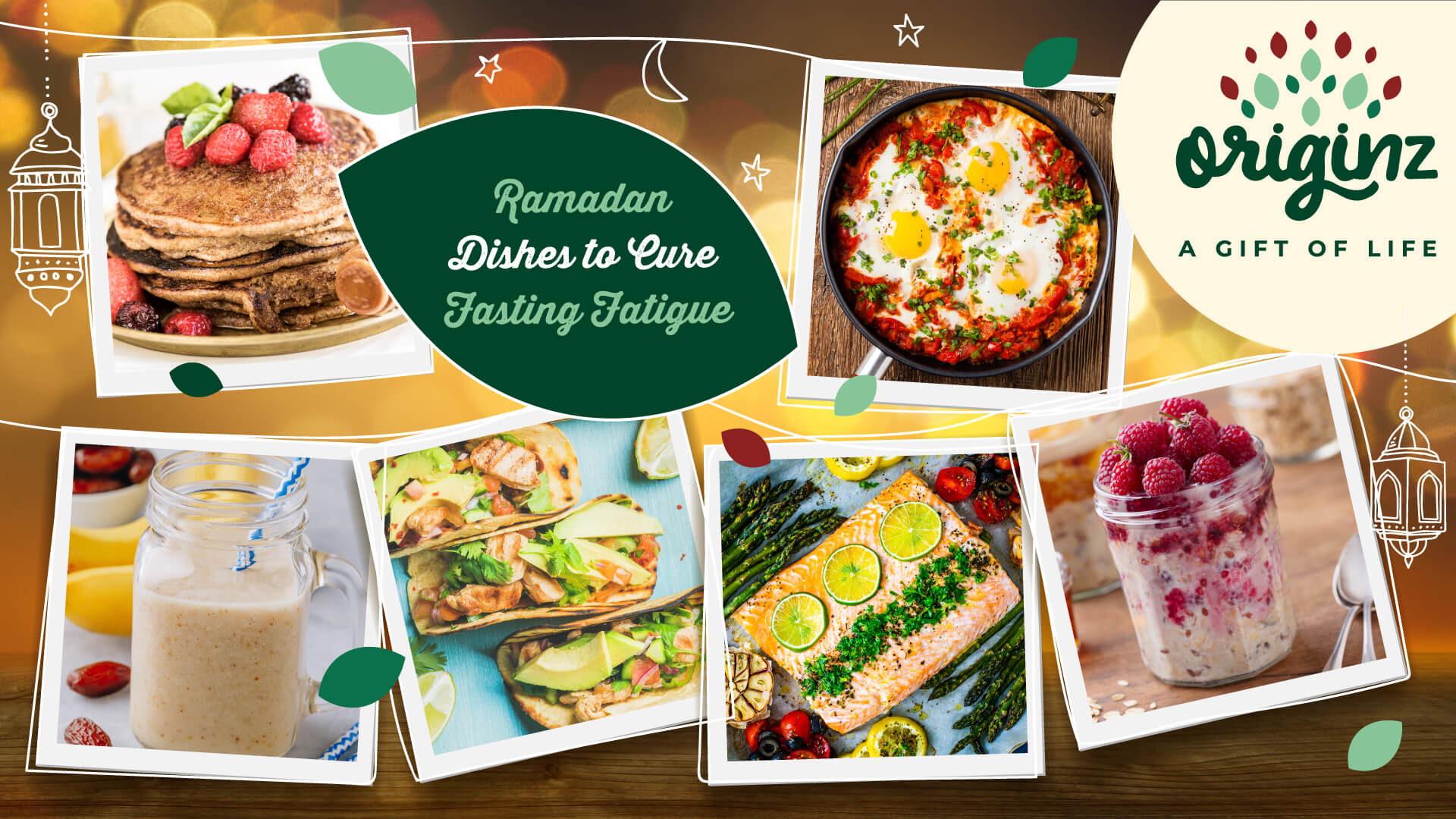
Ramadan Dishes to Cure Fasting Fatigue
Don’t worry about fasting fatigue anymore as we have listed some best Ramadan dishes and easy iftar meals to support your fasting journey. Check them out.
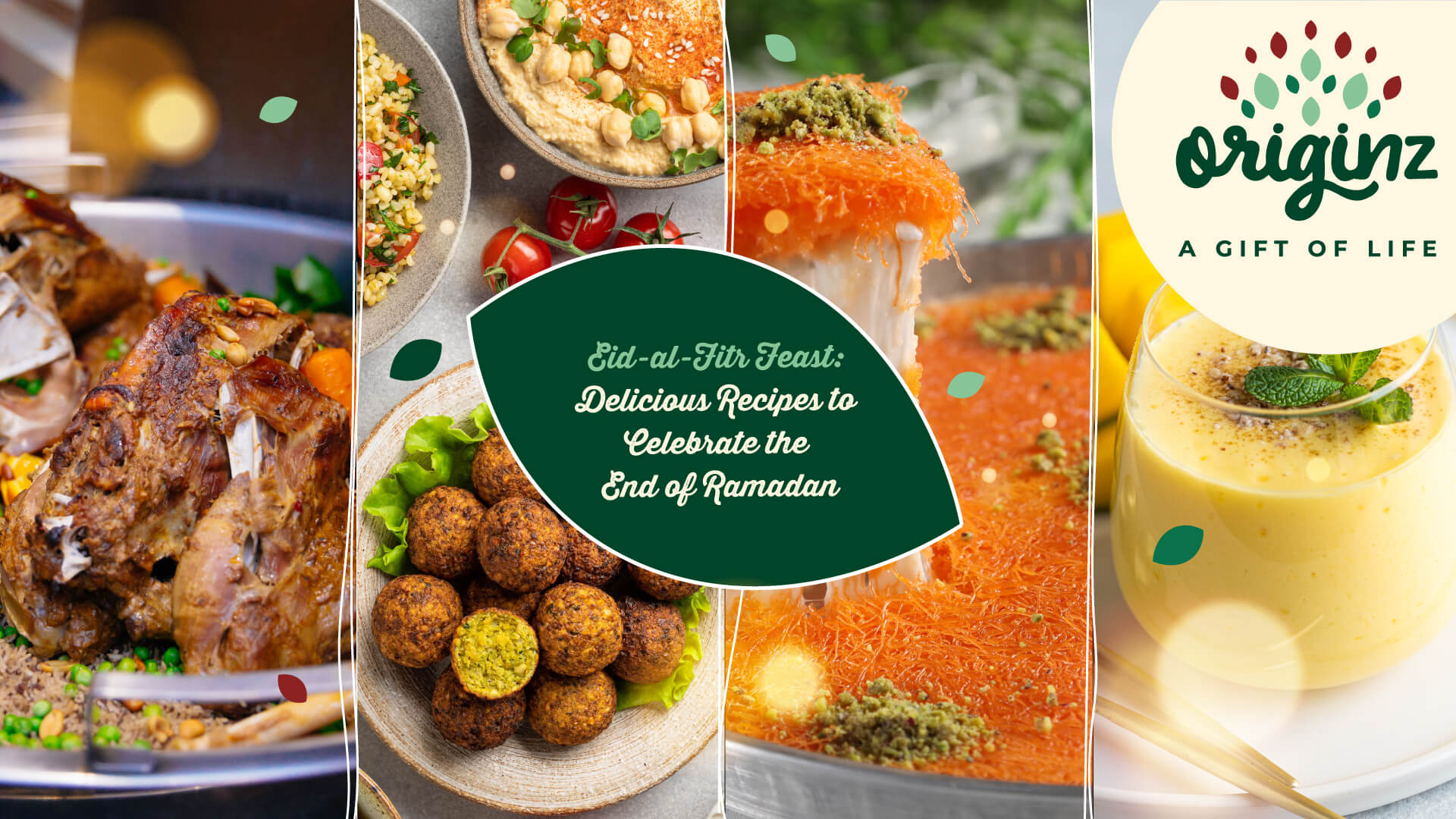
Eid-al-Fitr Feast: Delicious Recipes to Celebrate the End of Ramadan
Celebrate the end of Ramadan with delicious recipes on the eve of Eid ul Fitr. Read more about the traditional Ramadan recipes and make them easily.